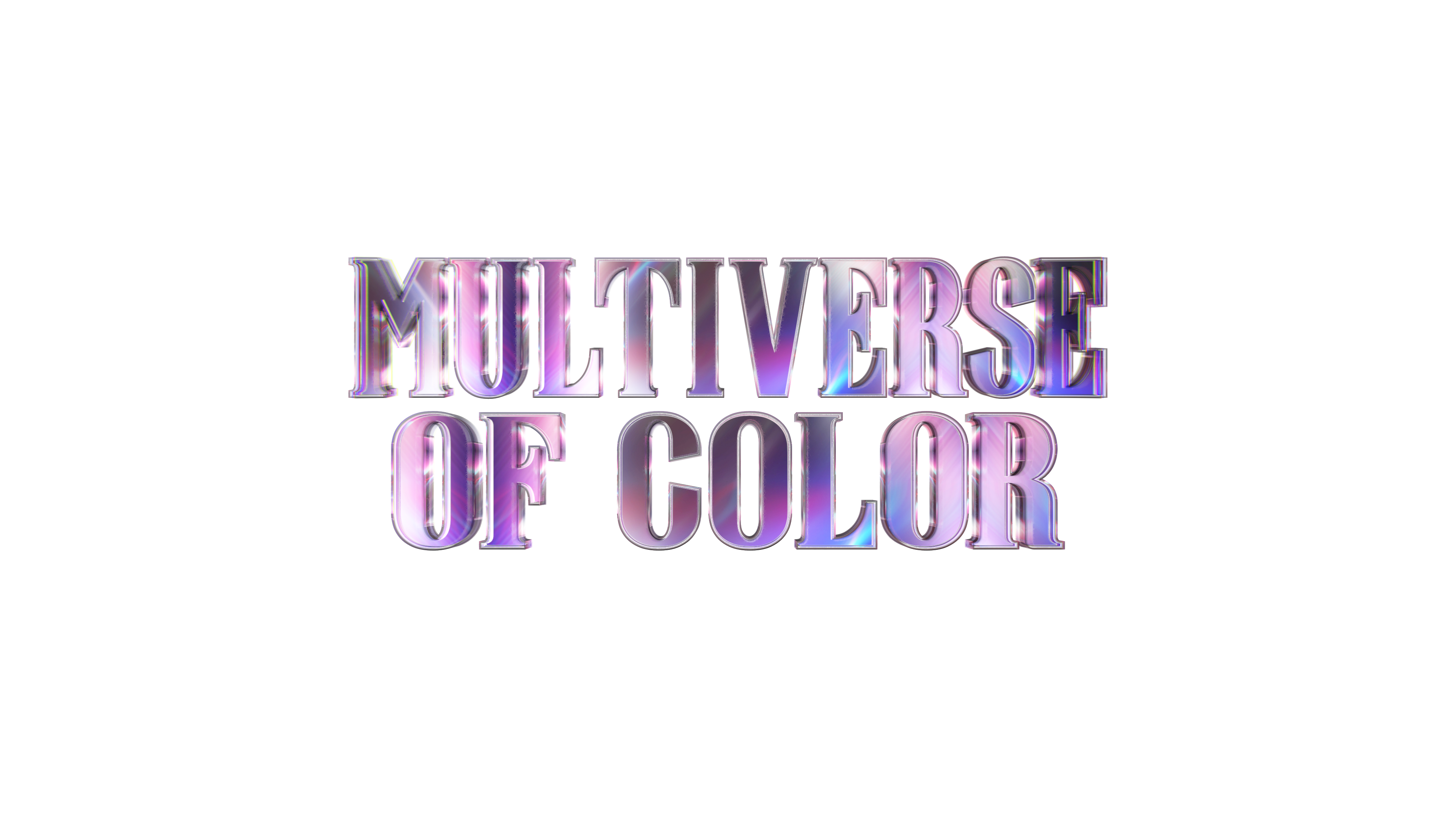The following review contains spoilers for Enola Holmes 2.
Enola Holmes 2 is a sequel that significantly outdoes its predecessor.
Though the story picks up not long after the events of the first film, this time around feels different. Enola’s journey is more mature not only for herself as an individual character but for the depths and scale of the foes she encounters.
When we are reintroduced to Enola, she is struggling to make her new detective agency a success. A revolving door of would-be customers all express confusion and disappointment at finding Enola instead of her more-famous brother when coming to find a detective.
The lack of people willing to hire Enola leads to the shuttering of her detective agency until a young girl named Bessie comes in to ask for Enola’s help to find her missing sister Sarah.
Bessie and Sarah are workers in a match factory. Their living accommodations are humble, and their material wealth is lacking. When Bessie offers Enola a few coins to her name as payment for Enola’s services, Enola politely declines them with a few words to claim they can figure out payment later. This exchange is a strong foreshadowing of Enola’s allyship with the working class in this story.
Enola Holmes 2 is a film that heavily emphasises and condemns the exploitation of the working class. With the three most prominent characters (Enola, Sherlock, and Enola’s on-again/off-again not-boyfriend Tewkesbury) all being members of a higher class, the film wisely maintains a commitment to its themes by decentralising the heroism of its leads.

When Enola begins to uncover corruption in the match factory, she begins to learn that she doesn’t need to cling to her independence if it comes at the cost of finding allies that can help her to obtain justice for the women workers of the factory. For much of the story, Enola stubbornly refuses to accept help, be it from her brother Sherlock or from Tewkesbury (whom she has been habitually, unsubtly following to watch him walk through the park). She comes to learn that seeking help from others is not a poor reflection of her own intelligence or skills.
Sarah, the missing girl whom she was hired to find, had also already been investigating the corruption of the match factory. Much of the ‘investigating’ Enola needed to do was to simply discover what Sarah had already uncovered.
In the end, the story is not about Enola singlehandedly finding the missing girl whom she was hired to find and consequently bringing down a corrupt factory. Instead, audiences are treated to a spirited tale of the lead heroine finding strength in solidarity with others and enthusiastically supporting the empowerment of the working class.
The final climactic moment of the film comes when Enola blocks a bullish guard in the factory from stopping Sarah from rallying the other workers in the factory to go on strike with her and Bessie. With an increasing number of workers going on strike worldwide, in direct opposition to exploitative business practices of mega-corporations, the messaging couldn’t be more timely.
Further enjoyment can be found in Enola Holmes 2 due to the increased amount of screen time of Henry Cavill’s Sherlock Holmes, who delivers more humor and cunning than he did in the first film. With the dramatic reveal of Mira Troy (Sharon Duncan-Brewster) being this universe’s Moriarty and that delightful mid-credits scene introducing Himesh Patel as Dr. John Watson, all signs (hopefully) point towards a deeper dive into the Holmes mythology for an Enola Holmes 3 if Netflix chooses to green-light it.
Enola Holmes 2 is now streaming on Netflix. For more Netflix coverage from LadyJenevia, check out her latest video on Bridgerton!


